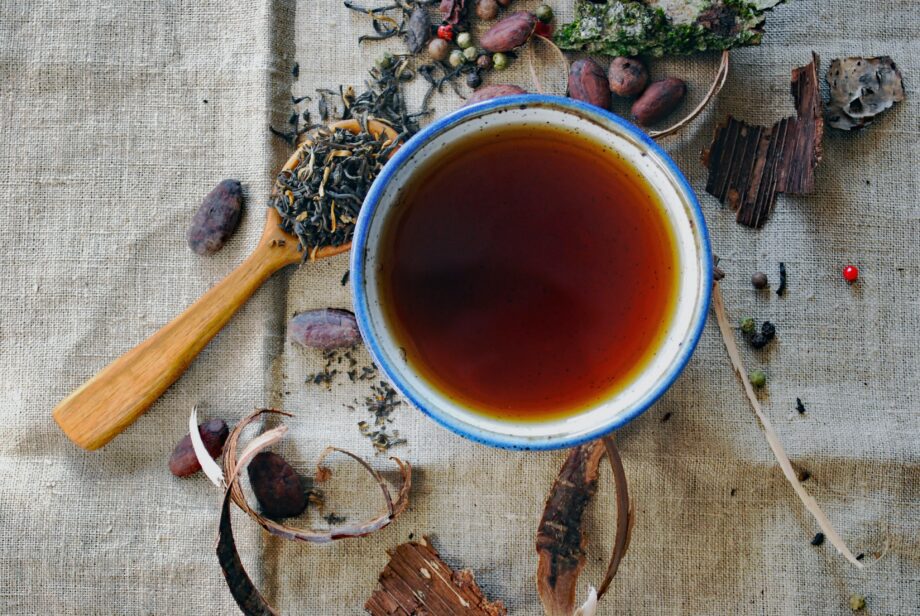Spring is a good time to detox.
As Spring approaches, we awaken from the darkness and hibernation of winter and begin to move towards the energy of renewal and growth.
As the light slowly returns, many of us feel the pull to clean our houses, brush off the cobwebs and let go of things we no longer need. Spring Cleaning our homes is a popular seasonal task but what about spring cleaning our bodies?
Contrary to popular belief, we don’t need any fancy juice or water fasts, expensive cleanses or super strict diets to detoxify our bodies. In fact, our body, in its innate wisdom already knows how to detoxify itself!

What are toxins?
Toxins can be broadly categorized as internal and external. Some examples of internal toxins are carbon dioxide, lactic acid, hormones and neurotransmitters. These toxins are by-products of normal metabolic processes.
While our ancestors have always had to deal with internal toxins and certain natural bio-toxins (for eg. mold, bacteria), our post-industrial society exposes us to an increasing array of man-made external toxins.
External toxins include contaminated drinking water, heavy metals, pollution, inorganic chemicals from plastics, pesticides and industrial food plus chemical-laden household cleaners and body care products etc.
What is detoxification?
Detoxification is the process by which harmful substances are transformed into less harmful ones so that they can be safely excreted from the body through the blood or bile.
The main organ responsible for detoxification is our liver but our kidneys, skin, lymphatic system, digestive tract and respiratory tract also play a role.
The Liver detoxifies in two phases. Phase 1 and Phase 2.
Phase 1 involves a family of enzymes called cytochrome P450 that catalyze chemical reactions like oxidation and reduction to breakdown toxins. During Phase 1, a lot of free radicals are produced which can be harmful if not neutralized by antioxidants like glutathione.
Phase 2 is called conjugation because it involves joining chemicals produced in Phase 1 with other molecules to make them less harmful and more water soluble for excretion.
While there are many dietary and lifestyle changes that we can make to support detoxification; in this article I will be focusing on five herbs that support our liver in it's normal function of processing and removing toxins.
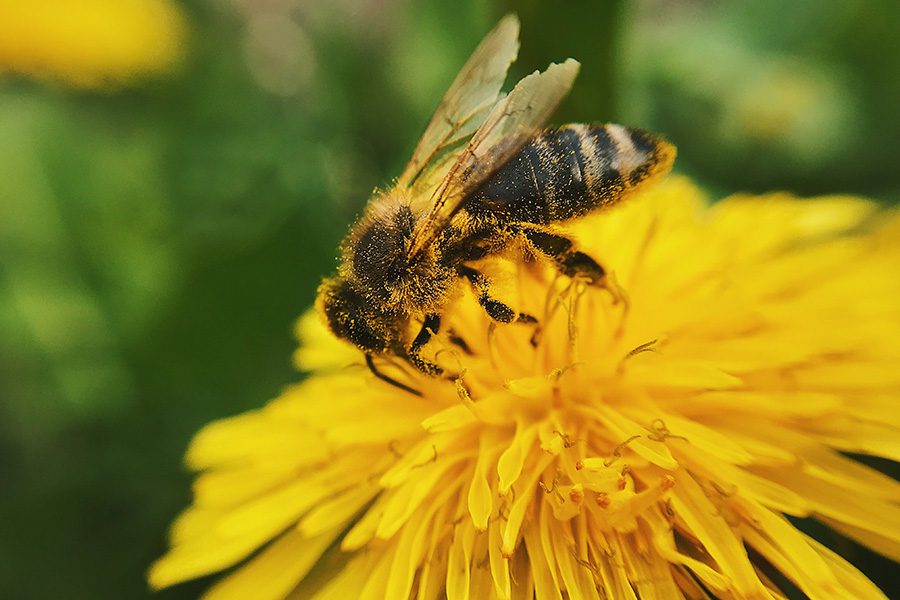
Dandelion (Taraxacum officinale)
This well-known and humble weed is surprisingly useful for supporting liver function. Herbalists use the root of the dandelion as a "choleretic" to improve bile production by the liver. The leaves of the plant are also used but they have a more diuretic action.
Bile serves two main functions in the body: to digest fats and to carry away waste. By stimulating bile function dandelion helps the body to detox (especially Phase 1).
Apart from being a liver tonic, dandelion root is also considered a stomachic and a gentle laxative. It is an herb that improves general digestion and elimination.
One of the ways it achieves this is through its bitter taste which stimulates receptors on the tongue to increase the flow of saliva, digestive enzymes and bile into the digestive tract. In Europe, bitter herbal “aperitifs” were traditionally drunk before meals to prime the body for optimal digestion.
Lastly, dandelion roots are rich in a prebiotic fibre called "inulin" which feeds our friendly gut bacteria. A healthy microbiome is key to overall health and can support our immunity, digestion and detox pathways.
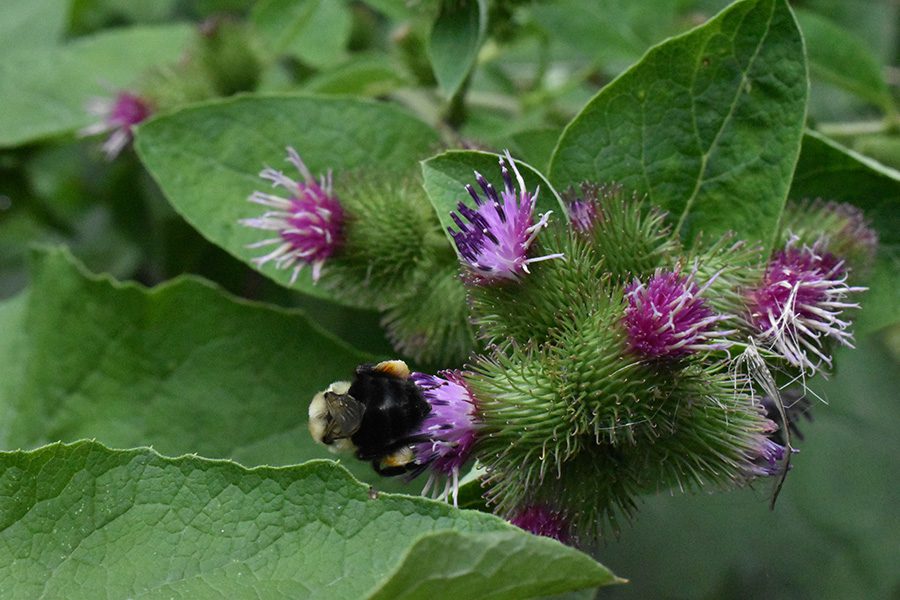
Burdock (Arctium lappa)
Burdock root is a blood purifier or “alterative” in herbal medicine and known for its ability to ‘alter’ stagnant conditions associated with detoxification or elimination.
It is used widely as an herbal medicine for skin conditions such as rashes, eczema, psoriasis and acne. The skin is the largest elimination organ in our body and often reflects the health of our ongoing detoxification and elimination processes and that's where burdock's alterative powers can help.
Like dandelion, burdock is a bitter igniter of the digestive process and contains inulin which supports a healthy microbiome. Burdock is similar to dandelion in that it also helps to increase the production of bile by the liver and supports Phase 1 Liver Detox.
In Japan, spring burdock roots are called ‘gobo’ and are used as a vegetable in a similar way as carrots and are very nutritious.

3) Artichoke Leaf (Cynara scolymus)
Artichoke leaf comes from the same plant as the globe artichoke that we eat as a vegetable. The dried or fresh leaves are used in herbal medicine for their bitter and liver supporting properties.
Artichoke leaf is a powerful choleretic that stimulates bile production by the liver. It is also a cholagogue which means it will stimulate the flow of bile from the gallbladder and keep it moving through the digestive tract to carry away waste in the form of feces.
Bile is needed by the body to digest fats and absorb fat soluble vitamins by a process called emulsification. Artichoke leaf can be helpful for those who have a sluggish liver or gallbladder and seem to have a hard time digesting fatty and rich foods. Due to its stimulation of the production and flow of bile, artichoke leaf can moderately lower blood cholesterol and blood lipids.
More than one study has shown that artichoke leaf extract can decrease LDL (bad cholesterol) and total cholesterol levels.
In addition, artichoke leaf is rich in anti-oxidant compounds that combat free radicals and reduce oxidative stress, thus supporting Phase 2 detox in the liver and helping to prevent chronic disease.
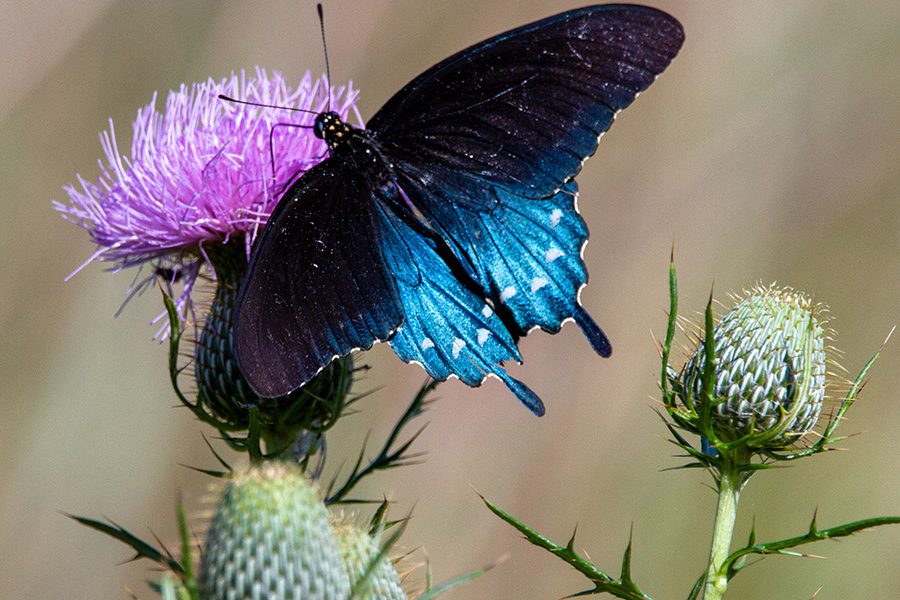
Milk Thistle
The seeds of the milk thistle plant have been used for over 2000 years as a natural liver aid. Milk Thistle seeds contain a group of antioxidant flavonoids, including silymarin, which do a remarkable job of protecting the liver.
These phytochemicals work by strengthening the outer membrane of liver cells and reducing the number of toxins entering the liver and neutralizing free radicals that may cause oxidative stress. One of the amazing properties of milk thistle is that it can stimulate protein synthesis to help regenerate damaged liver cells!
In addition, milk thistle is one of the stronger herbal choleretics for stimulating the production of bile and also helps to support Phase 2 Liver Detox by increasing glutathione levels. Glutathione's biggest role is to help fight oxidative stress that leads to diseases such as cancer, diabetes, heart disease and neuro-generative diseases like Alzheimers.
Milk thistle is used to treat alcoholic and non-alcoholic fatty liver disease, as well as to reduce the harmful effects of certain chemotherapy drugs on the liver. It is also used to protect the liver from accidental poisoning from toxic mushrooms. It truly is a powerhouse tonic herb for the liver!
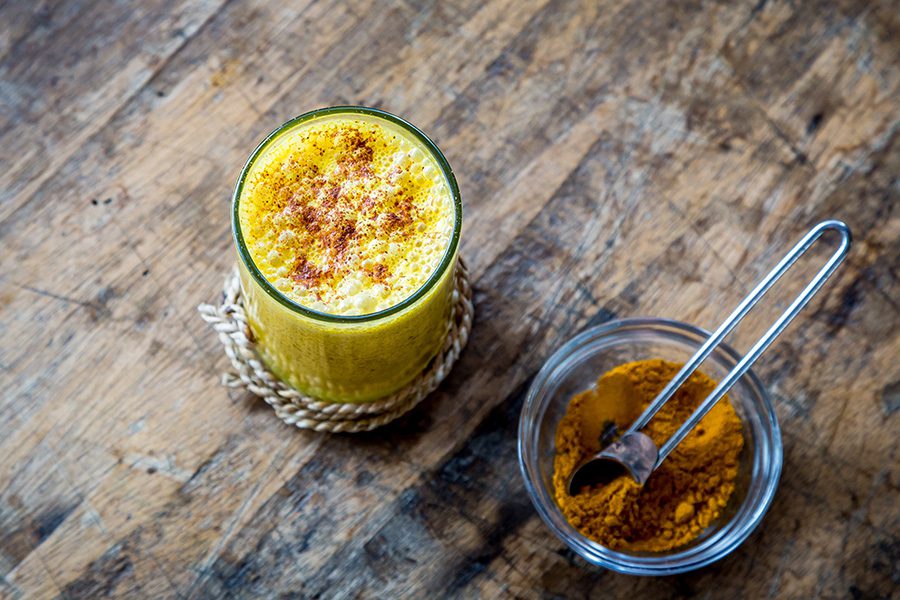
Turmeric (Curcuma longa)
Turmeric is an ancient spice from India that is contains hundreds of phytochemicals of which the most well-known is curcumin. For detox purposes it improves the production of bile in the liver which can help to flush toxins from the body. Curcumin also increases glutathione production which is a powerful Phase 2 detoxifier.
In addition, turmeric is a very powerful antioxidant that can protect the liver from inflammation and oxidative damage. Like milk thistle it is a key herb for fatty liver disease which is characterized by inflammation and depleted glutathione levels.
Used as a spice in cooking, it is often paired with black pepper which has been shown to increase the bioavailability of curcumin by several thousand times. Turmeric is popular as a hot beverage called “Golden Milk” or “Haldi Doodh” which is an Ayurvedic tonic drink.
I hope this article has helped you to choose herbs that are supportive for your liver and I wish you all the best on supporting your body’s natural detox pathways.
Jahwei Chen-Graf is a naturopath, homeopath and clinical herbalist and owner of Remedy Garden in Nevada City, California.
